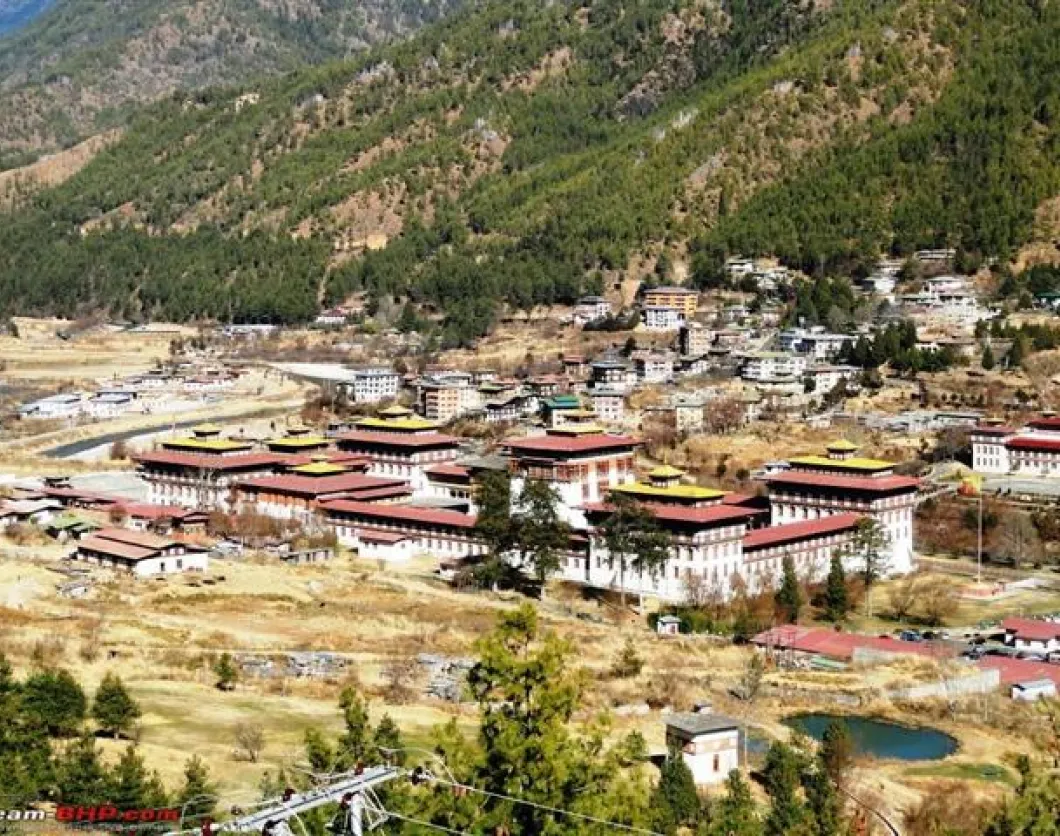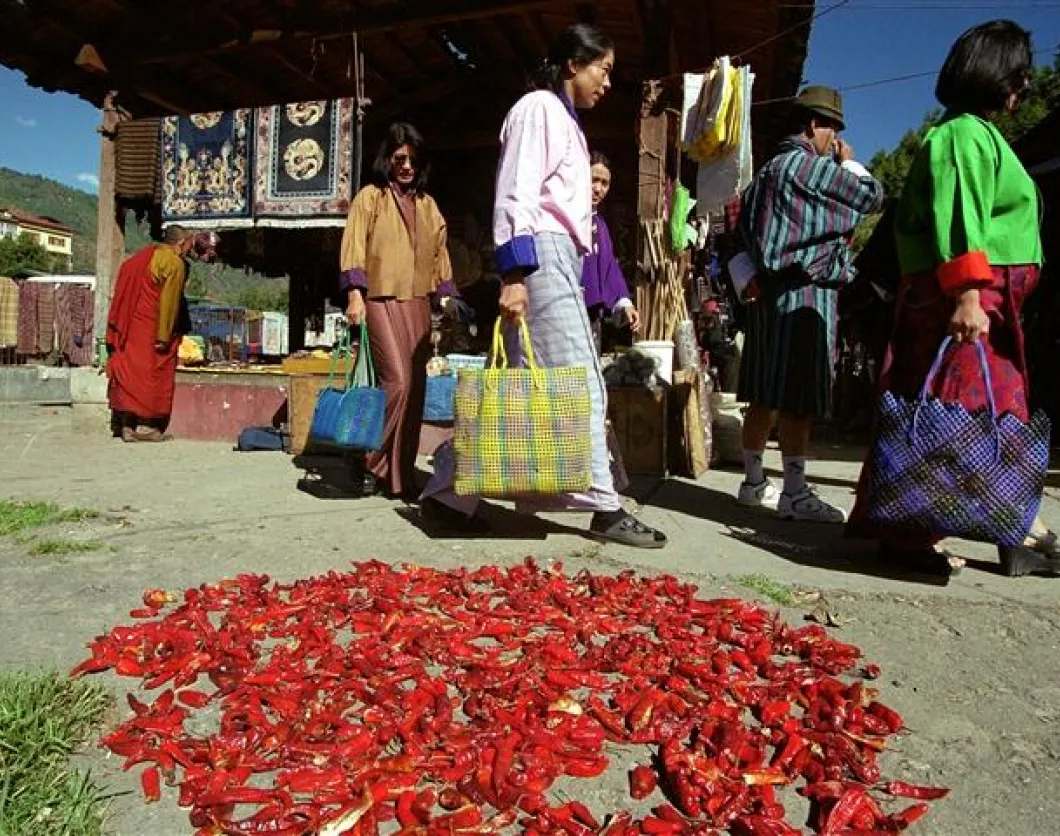Bhutan is a landlocked country situated in South Asia, just north of India, and south of China. The beautiful country has a total area of 47,000 sq km. The capital city of Bhutan is Thimpu, which is centrally located near the country's western border with India.
Bhutan's current travel status comes as no surprise given that this tiny kingdom was zealously guarded from the world for centuries. The doors to this mythical and beautiful Buddhist kingdom were opened just three decades ago, and travel to this country is still regulated through the policy that promotes the "high value tourism".
The biggest attraction for tourists is Bhutan's annual religious festival known as Tsechu, which is held in all its districts. What may appear as grand festival of mask dances is actually a profound religious experience for the Bhutanese. All these festivals are actually the enactments of various teachings of Guru Rimpoche, also known as the second Buddha.
All Bhutan travelers can also indulge in various other activities that are specially designed for tourists, such as treks, cultural events, adventure tours, religious tours, and so on. The traditional Bhutanese food is spicy and hot, and visitors can enjoy Indian, Continental, and Chinese food as well. More adventurous tourists can enjoy local delicacies such as ematatshi, which is also a national dish of Bhutan made of cottage cheese and red chillies.
According to a report by Tourism Council for 2012, Bhutan received 64,723 tourists in 2012 recording a 53.47 percent growth, which is highest in the Bhutanese tourism history. Definitely, Bhutan's rich traditions and culture are among the big attractions among tourists. 75.11 percent of tourists who visited Bhutan in 2012 saw it as a cultural destination followed by 19.75 percent who said they'd come here for nature-based fun activities.
This definitely confirms that nature and culture are Bhutan's selling points in tourism. Bhutan's cultural tourism offers a fine blend of rich traditions and culture besides a wide range of activities such as museums, historic places, and temples. In 2012, Bhutan's gross earnings from international tourism exceeded US $56.76 million, up from US $ 44.86 million in 2011.
In the major towns of Bhutan, such as Thimpu, Phuentsoling, and Paro, there are comfortable hotels for visitors, while in smaller towns modest but good hotels, guest houses and lodges are easily available. Your tour agent will ensure the best possible accommodation for you. The TAB (Tourism Authority of Bhutan) regulates travel regulations and hotel standards in Bhutan.
There are many luxury hotels in Bhutan-Aman, Uma, Zhiwaling, and Taj Tashi which have come up recently. They do not fall under the government categorized hotels and have their own rates. If you are interested in staying in any of these hotels, then you must meet the expenses for these hotels, including daily tariff, as they may not be included in your tour cost.
Currently the set Bhutan tariff is US$250 per night per person for high season months (March, April, May, September, October and November). It is US $200 per night per person for low season months (January, February, June, July, August and December). If you are traveling in a group of less than three people, you will also have to pay a surcharge at US $40/ night for one traveler, US $30/night for two travelers.
You can plan your visit to Bhutan anytime throughout the year, but best period is from September to May. The peak season is in spring (April through June) and autumn (September through November). There are several festivals during all these periods, and visitors would enjoy the pleasant weather and wonderful cultural shows. However, Bhutan has limited tourism infrastructure, and most of the facilities are packed during the peak season. All those who are interested in avoiding the busy tourist period should visit Bhutan in December, January and February. The weather is fine and there are fewer crowds.










